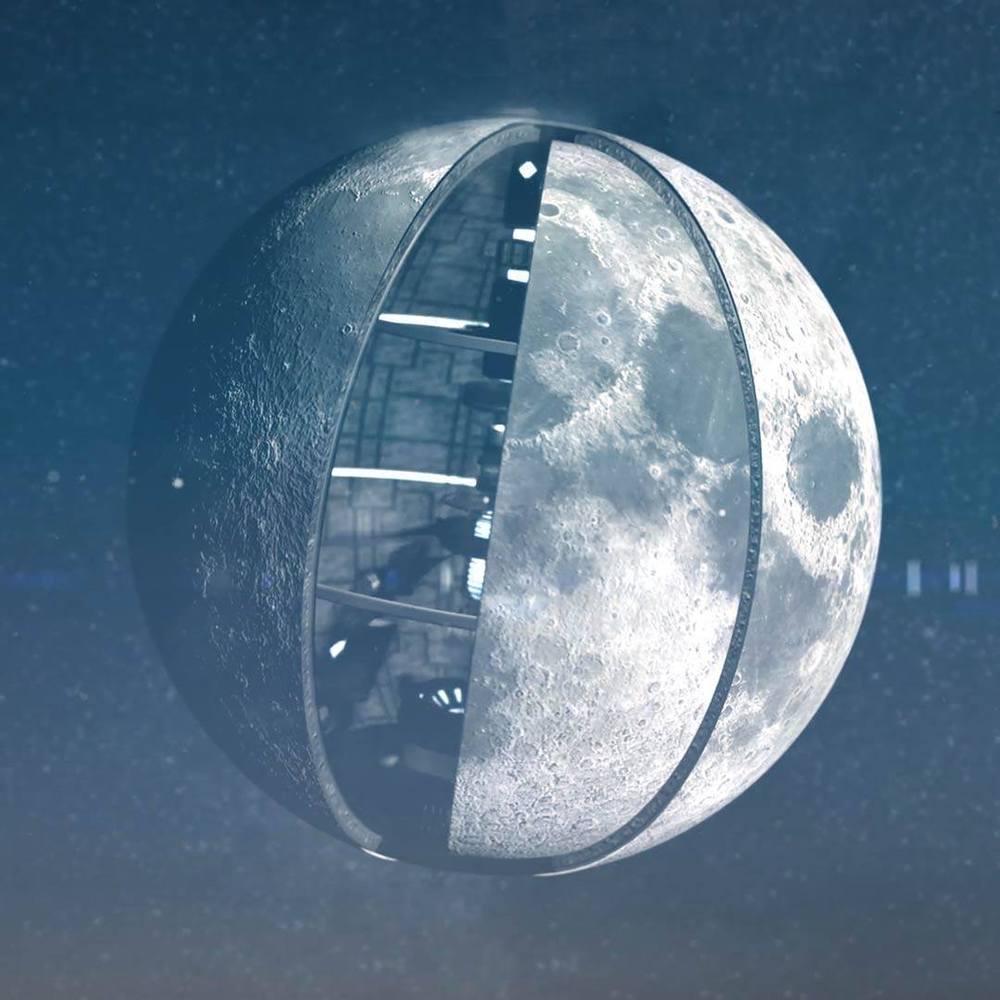China plans to launch an artificial moon to light up the night skies and save electricity. What would be the consequences?

China plans to launch an artificial moon to light up the night skies and save electricity. What would be the consequences?
To compile the ultimate science reading list, Tushna Commissariat talks to some of today’s top physicists, writers and broadcasters.
“What an astonishing thing a book is. It’s a flat object made from a tree with flexible parts on which are imprinted lots of funny dark squiggles. But one glance at it and you’re inside the mind of another person, maybe somebody dead for thousands of years. Across the millennia, an author is speaking clearly and silently inside your head, directly to you.”
Astronomer, science communicator and author Carl Sagan always had a way with words, and it’s no surprise that he sums up so well the magic of books and writing. From the very first issue of Physics World, this magazine has featured a vibrant reviews section, in which we look at some of the most interesting physics literature being published.
During pivotal trials that led to the drug’s approval, approximately 40% of patients saw their tumors shrink in size.
Porsche just released a new car that can not compete with Tesla, so what to do? Invest in someone who can.
Porsche and Rimac Automobili strengthens their partnership related to high-performance EV technology development.
The German manufacturer initially took 10% of Rimac Automobili and 10% of Rimac’s subsidiary Greyp Bikes in June 2018.
Continue reading “Porsche Increases Its Stake In Rimac Automobili From 10% To 15.5%” »
Astrosat-2, 2025 India plans to send a second observatory in space. It will be a followup mission of Astrosat-1 — India’s first dedicated multi-wavelength space telescope — aimed at looking at the origin of the universe and discover new planets. ISRO is finalising a plan for the mission. Origins of the universe.
What does the ultimate search-and-rescue robot look like? And how would it cope in an underground disaster zone? That’s what DARPA set out to discover in its Subterranean Challenge. Here’s what you need to know about the competition that’s attracting the world’s top research labs.
The recent discovery of a 3.8m-year-old cranium (skull without the lower jaw) is the hottest topic of conversation among palaeoanthropologists right now. But fossils are found all the time, so why is the cranium of this small, old man so important? It turns out the discovery is changing our view of how early hominin species evolved – and how they led to humans. To understand how, let’s start at the beginning.
In 1995, researchers found several partial jaws, isolated teeth and limb bones in Kenya, dated between 4.2m and 3.9m years old, and assigned them to a brand new species: Australopithecus anamensis. All these fossils were found in sediments associated with an ancient lake – “anam”, which means lake in the local language. A number of additional specimens were then found in Ethiopia, thought to belong to the same species.
The primitive features of A. anamensis have led to the widespread view that this species is the ancestor of Australopithecus afarensis, a younger hominin from Tanzania, Ethiopia and perhaps Kenya, dated between 3.8m and 3m years old. The most iconic fossil of A. afarensis is probably the partial skeleton known as Lucy, which was for a long time viewed as the oldest known human ancestor.
Caltech’s Katherine L. (Katie) Bouman has been named a recipient of the 2020 Breakthrough Prize for Fundamental Physics as part of the Event Horizon Telescope (EHT) team that generated the first-ever image of a black hole, while Xie Chen and Xinwen Zhu have each received 2020 New Horizons prizes from the same foundation for their work in physics and mathematics, respectively.
The Breakthrough Prize, now in its eighth year, is considered the world’s most generous science prize. Each Breakthrough Prize is $3 million and the 347 authors of the six EHT papers will divide the award.
“I was stunned and absolutely thrilled to hear the news,” says Bouman, assistant professor of computing and mathematical sciences and Rosenberg Scholar in Caltech’s Division of Engineering and Applied Science. “I’m so lucky to work with an amazingly talented group of individuals that continues to push the boundaries of science every day. It is such a privilege and an honor to share this award with each one of them.”
